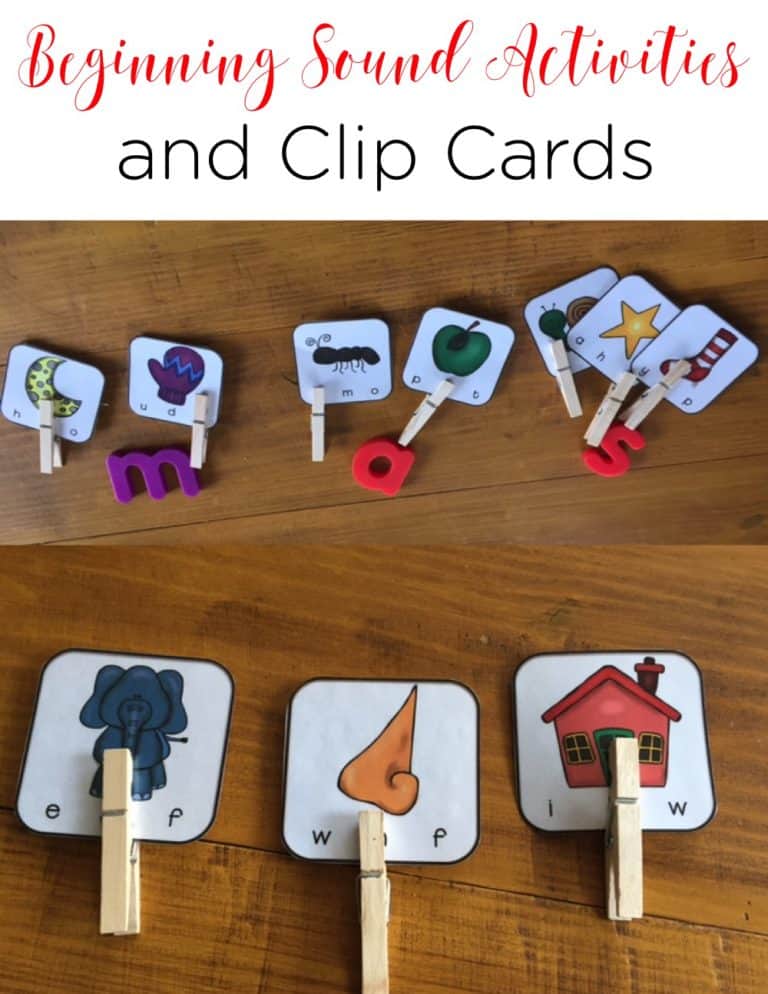


Teaching reading is truly a science. As we learn more about the Science of Reading research that is rising to the top, schools are beginning to adopt best teaching practices for teaching reading. We are better equipped to support kids in reading. But even with our knowledge base growing, one thing still remains–we still have kids struggling in reading. Let’s talk about some practical tips and interventions we can use for kids struggling in reading.
As the teacher, you need to know the exact areas where your students are struggling. Scarborough’s Reading Rope has many strands, and each is important for learning how to read. Begin by conducting assessments to identify specific areas of difficulty for each struggling reader. These might include phonemic awareness, decoding skills, sight word recognition, comprehension, or fluency. Grab this FREE Reading Assessment kit to get started!
Use many different sensory approaches in teaching reading. For example, incorporating manipulatives, visual aids, and hand-motions are a great place to begin. A sound wall or letter tiles are a simple place to begin! This not only helps learning stick, but it also engages the learner.
It’s no secret that phonics instruction is of great importance. (Now, hear me clear–this is not ALL that is needed, but for far too long, it wasn’t emphasized as it needed to be in many classrooms–mine included!) We must provide explicit and systematic phonics instruction.
You can do this by breaking down phonemes and graphemes into manageable chunks. Use easy to follow structured resources that help you walk students through phonics skills step-by step.
Focus on practicing high-frequency words regularly. These are the words that often appear in early reading materials. Orthographically mapping the words is the best place to start! You can read more about that HERE.
If you hang around here, you know this is one of my FAVORITE parts of the day. And while we know that whole group instruction is important, I think we can’t toss reading small groups out, friend.
Implement reading small groups so that kids struggling in reading can receive targeted instruction where they need it most. Choose decodable texts that match their current reading abilities to build confidence and skills.
Grab a FREE Small Group Lesson here that will walk you through step-by-step.
Encourage repeated reading of texts to improve fluency. While this may seem boring to us, as budding readers, kids will pick up something different each time. More importantly, having readers read a passage or book multiple times will gradually increase their reading speed and accuracy. You can do this easily with a Song and Poem folder that they keep in their reading book boxes!
Use visual supports such as sound walls, subject-specific word walls, anchor charts, and graphic organizers. These help aid in comprehension and reinforce key concepts. Visuals can also help struggling readers make connections and retain information.
Model how to THINK like a reader. Teach comprehension strategies, such as predicting, summarizing, questioning, and making connections. Model these strategies during read-alouds.
As you do this, and provide opportunities for guided practice as they share their thinking. They can do this in partners, small groups, or by calling on them.
Parents want to help. Most of the time, they just aren’t sure HOW to help. Communicate with parents or caregivers to support reading practice at home. Provide suggestions for activities, recommend books, and offer resources to reinforce skills outside of school.
Here is a FREE parent hand out to help them support their readers at home.
This may be one of the most important pieces of supporting kids struggling in reading. We have to make sure that what we are doing is working. If we don’t see them moving forward, then we need to go back to the beginning and assess to see what areas we need to target.
We have to regularly assess progress and adjust our instruction accordingly. You can do this by keepinig anecdotal records, using formative assessments like the free one provided above, and you can track growth over time to ensure interventions are effective and personalized for each student.
By implementing these practical tips and interventions, educators can help struggling readers build essential literacy skills and develop a love for reading despite initial challenges.

Want to use the latest research to boost your readers during small groups? This FREE guide is packed with engaging ideas to help them grow!

I’m a K-1 teacher who is passionate about making lessons your students love and that are easy to implement for teachers. Helping teachers like you navigate their way through their literacy block brings me great joy. I am a lifelong learner who loves staying on top of current literacy learning and practices. Here, you’ll find the tools you need to move your K-2 students forward!
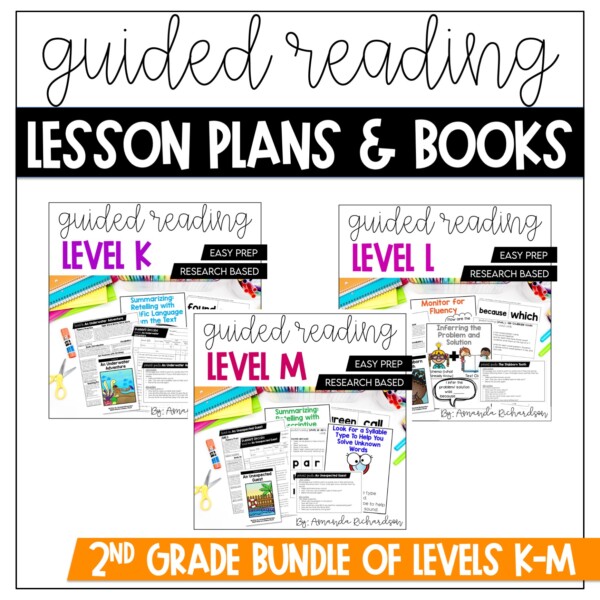


| Cookie | Duration | Description |
|---|---|---|
| cookielawinfo-checkbox-analytics | 11 months | This cookie is set by GDPR Cookie Consent plugin. The cookie is used to store the user consent for the cookies in the category "Analytics". |
| cookielawinfo-checkbox-functional | 11 months | The cookie is set by GDPR cookie consent to record the user consent for the cookies in the category "Functional". |
| cookielawinfo-checkbox-necessary | 11 months | This cookie is set by GDPR Cookie Consent plugin. The cookies is used to store the user consent for the cookies in the category "Necessary". |
| cookielawinfo-checkbox-others | 11 months | This cookie is set by GDPR Cookie Consent plugin. The cookie is used to store the user consent for the cookies in the category "Other. |
| cookielawinfo-checkbox-performance | 11 months | This cookie is set by GDPR Cookie Consent plugin. The cookie is used to store the user consent for the cookies in the category "Performance". |
| viewed_cookie_policy | 11 months | The cookie is set by the GDPR Cookie Consent plugin and is used to store whether or not user has consented to the use of cookies. It does not store any personal data. |
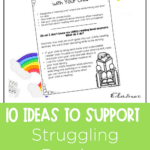
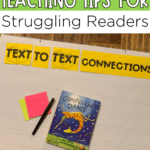
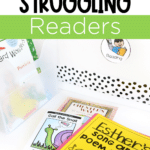
One Response
Thanks for the awesome resources!!!